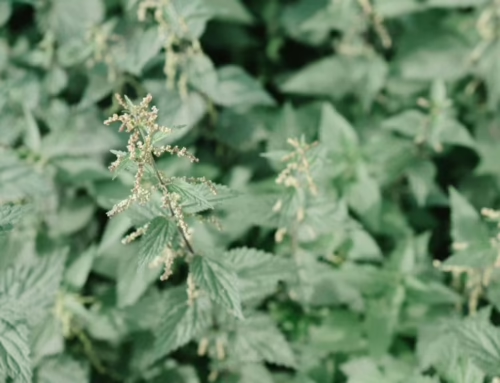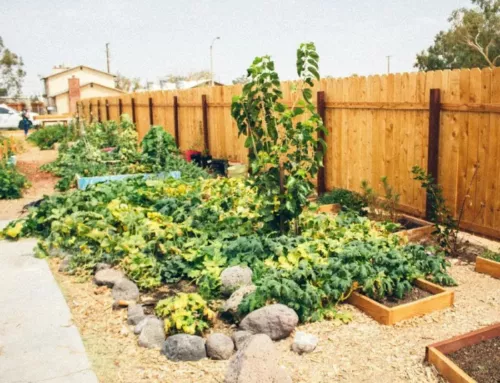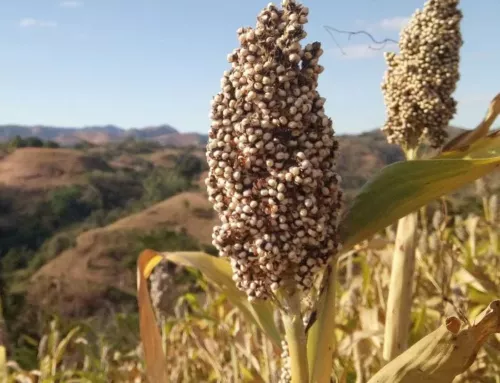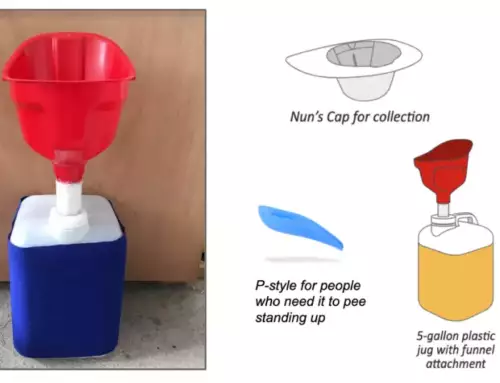By Richard Robinson, Farmer at Hopestill Farm
For the ambitious gardener, there is nothing quite as frustrating as planting seeds that never come up. You watch and wait, and wait some more, and wait some more, and…nothing. Precious weeks can slip away before you accept that you’re going to have to replant. For any crop, this is a nuisance; for some, like long-season tomatoes or late-season broccoli, it’s a disaster.
There are three keys to avoiding this disaster:
- Store your seeds properly
- Test their viability
- Replace them when its time
Low temperature and low humidity prolong seed viability; a good rule of thumb is that the total of the two measurements should add up to no more than 100. So, for instance, no more than 60 degrees F and 40% humidity, or 70 and 30. I store my seeds in my unheated basement in a tight-sealing cooler, which keeps out moisture. It’s no Svalbard Seed Vault, but it seems to be a good system. You can store seeds in air-tight containers in the fridge or use a desiccant in your seed box.
How long should seed last? It varies quite a bit. Most seed suppliers have a chart like this or this showing the number of years the seed from different crops remains viable, but much depends on storage conditions. Members of the onion family should be replaced every year or two. Lettuce can last 4 or 5 years, although I tend to either double seed or throw it out after 3. Tomatoes keep for even longer; I haven’t seen any loss of viability in my Juliet tomato seed from 5 years ago, although I have reordered for this year.
February is a good month to test viability for seeds you are unsure of. A simple test is to place ten seeds on a moist paper towel inside a zip-locked plastic bag, then place the bag somewhere warm that you can check frequently. I like the top of our masonry fireplace, which in the winter gets to about 80 degrees, good for most seeds, and essential for stubborn seeds like peppers. It’s too warm for lettuce, though—lettuce should be sprouted at no more than 68 degrees. Parsnip, celery, peas, and spinach also prefer it on the cool side. Check the seeds daily. Most seeds will sprout within a week. If I see 7 or more sprouting seeds, I will use the packet. If 6 (and it’s expensive seed), I might risk it. Five or fewer, I re-order.





